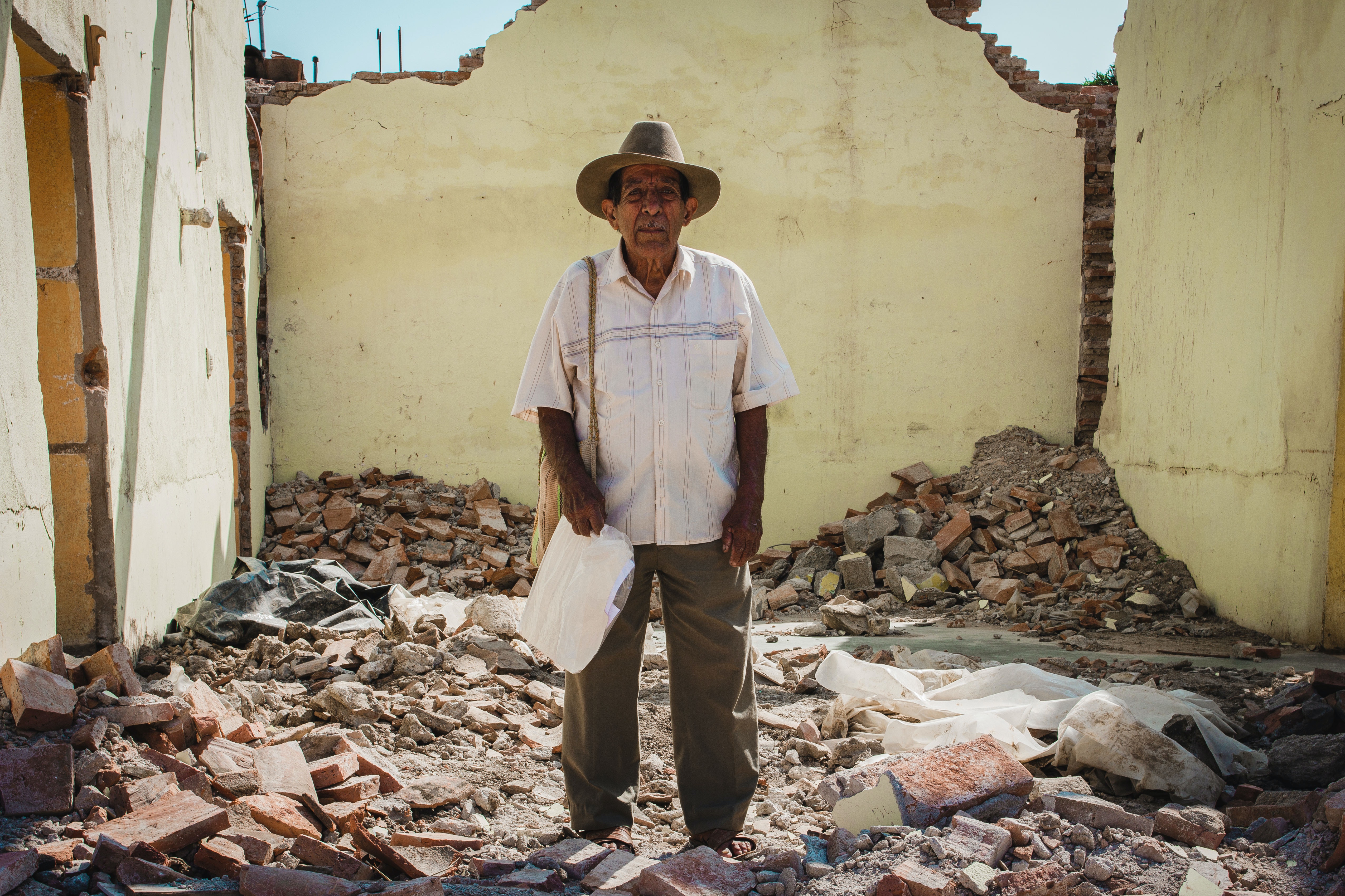Earthquake Encounters: Understanding the Human Experience

Introduction: Earthquakes, natural phenomena caused by the movement of tectonic plates beneath the Earth’s surface, can trigger a wide range of experiences for those affected. From the initial shock to the aftermath, individuals who experience an earthquake go through a unique blend of emotions, physical sensations, and challenges. This article delves into what people commonly experience during and after an earthquake, shedding light on the complex mix of feelings and reactions.
1. The Initial Shock: When an earthquake strikes, the initial shock is a moment of intense surprise and fear. The sudden shaking of the ground can catch people off guard, leaving them feeling disoriented and vulnerable. The unpredictability of earthquakes contributes to the sense of helplessness during this phase.
2. Fear and Anxiety: The fear associated with earthquakes is often rooted in the uncertainty of their duration and magnitude. People experience heightened anxiety, worrying about their safety, the safety of loved ones, and the potential destruction of their surroundings. This anxiety can persist even after the shaking subsides, leading to ongoing emotional distress.
3. Physical Sensations: During an earthquake, people feel a range of physical sensations. The ground shaking beneath them can cause dizziness, nausea, and a feeling of instability. The rumbling noise and vibration add to the sensory overload, leaving individuals overwhelmed by the sensory assault.
4. Fight or Flight Response: The body’s natural fight or flight response is triggered during an earthquake. Adrenaline courses through the bloodstream, preparing individuals to respond to the danger they perceive. This physiological reaction can leave people feeling tense, with increased heart rate and rapid breathing.
5. Immediate Evacuation: In areas prone to earthquakes, individuals are often advised to evacuate buildings as soon as shaking begins. This leads to a rush of people seeking safety, which can create chaos and increase the overall sense of panic.
6. Relief and Gratitude: When the shaking stops and immediate danger subsides, a wave of relief often washes over survivors. This relief is accompanied by gratitude for having survived the ordeal. The momentary cessation of fear provides a space for individuals to assess their surroundings and check on the well-being of others.
7. Aftershocks and Continued Anxiety: Aftershocks, smaller tremors that follow a larger earthquake, can trigger ongoing anxiety and unease. The fear of more shaking and potential damage can disrupt attempts to return to a sense of normalcy. Individuals remain on edge, with their emotions tied to the unpredictability of aftershocks.
8. Coping and Recovery: Coping with the aftermath of an earthquake involves a blend of resilience and community support. Individuals may experience a mix of emotions, including stress, sadness, and frustration as they deal with property damage and displacement. Support from family, friends, and community resources plays a crucial role in the recovery process.
9. Psychological Impact: The psychological impact of an earthquake can be long-lasting. Survivors may experience post-traumatic stress disorder (PTSD) symptoms, including flashbacks, nightmares, and hypervigilance. Seeking professional counseling and support is essential to help individuals process their emotions and build resilience.
Conclusion: Experiencing an earthquake is a profound and often overwhelming ordeal, characterized by a complex interplay of fear, relief, physical sensations, and emotional reactions. Understanding the range of experiences people go through during and after an earthquake underscores the importance of preparedness, community support, and mental health resources in helping survivors navigate the challenges and begin the process of recovery.